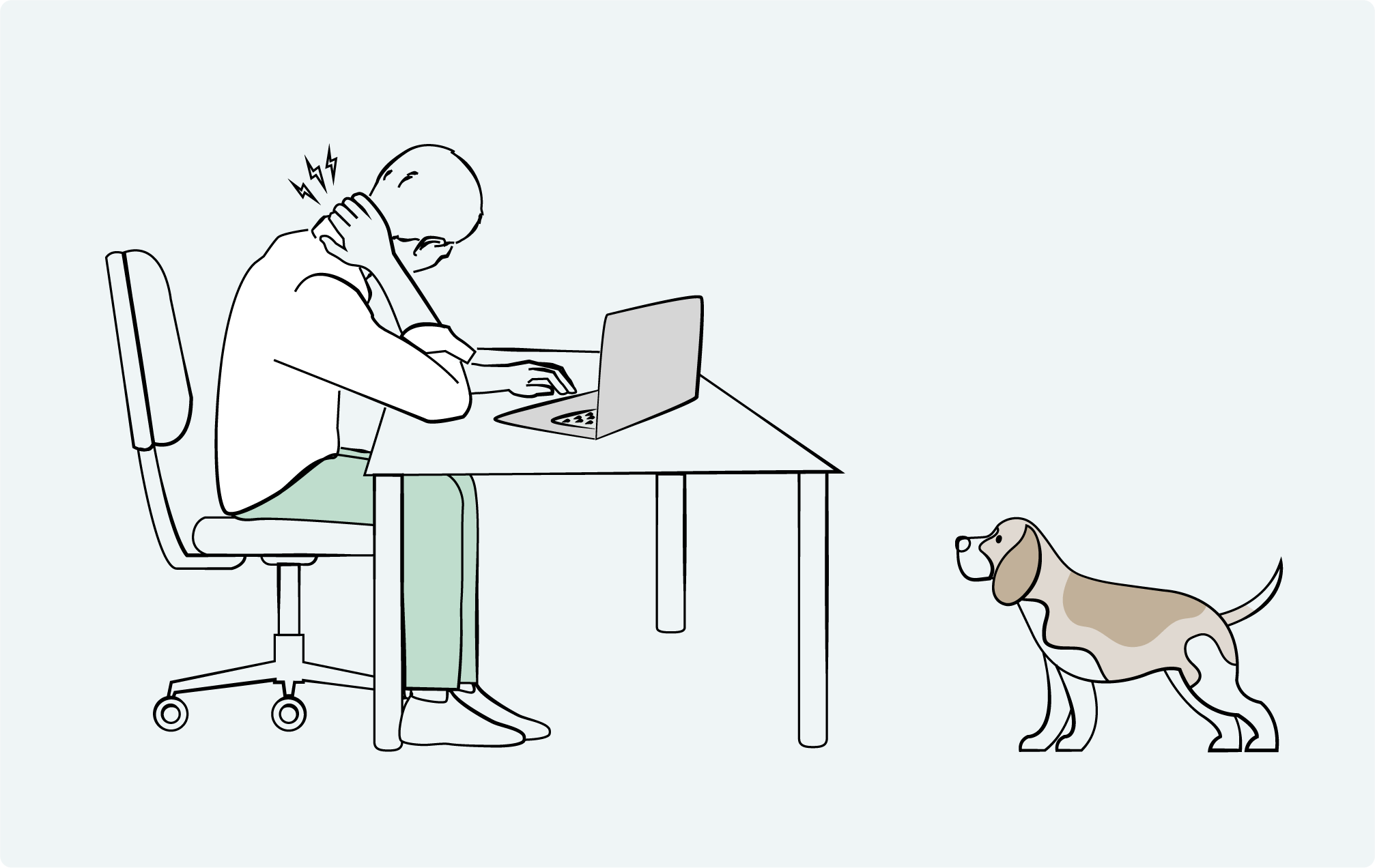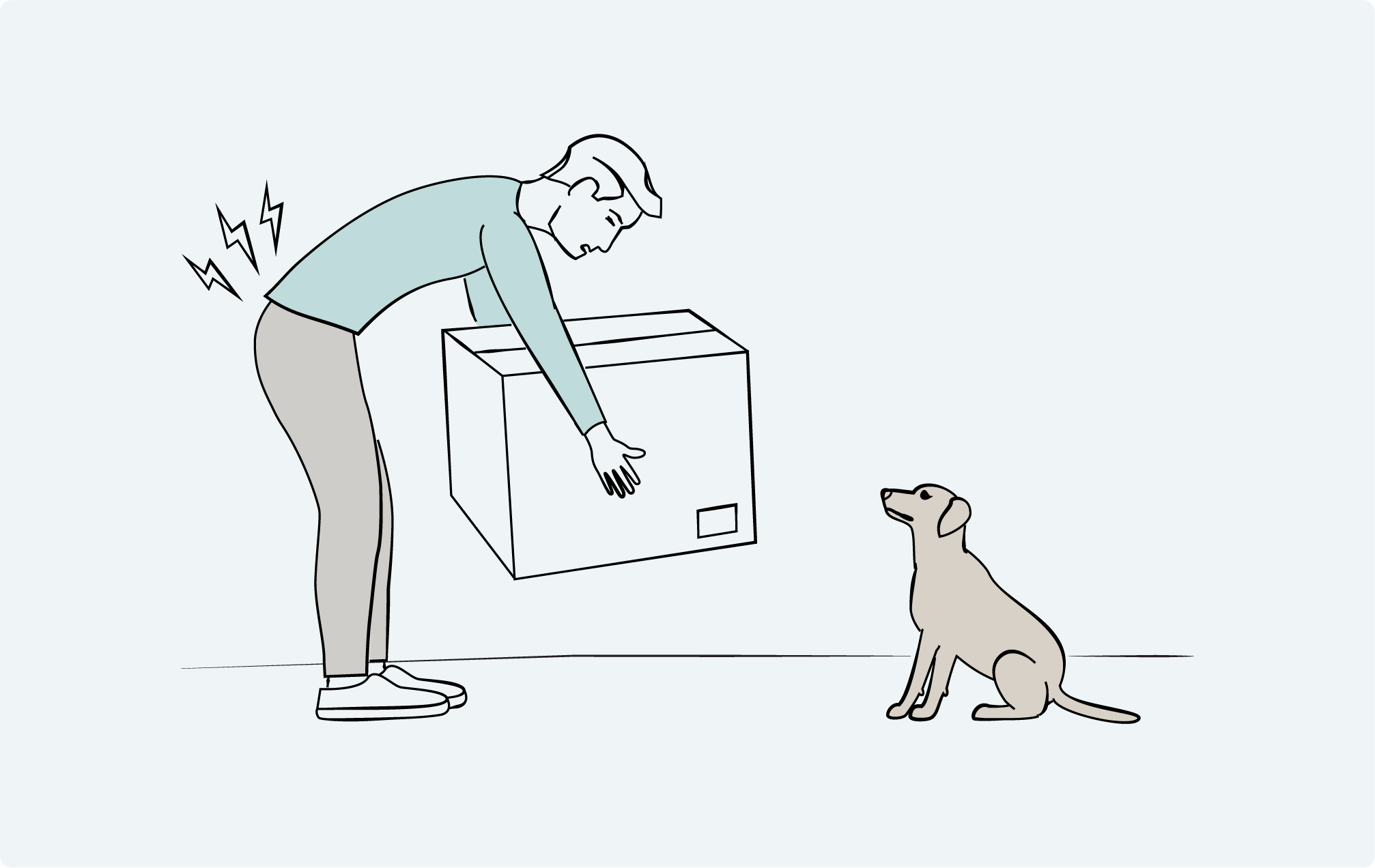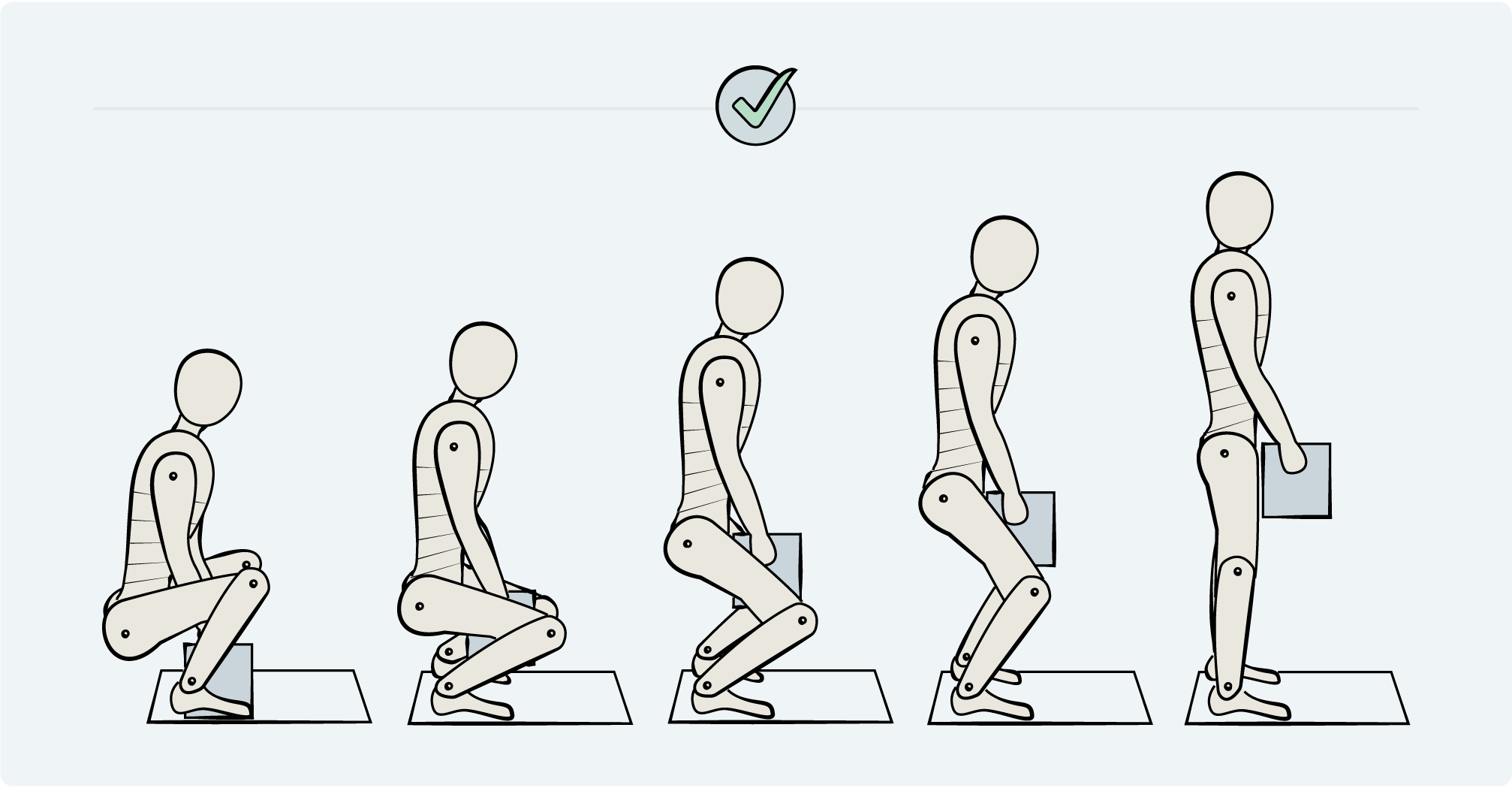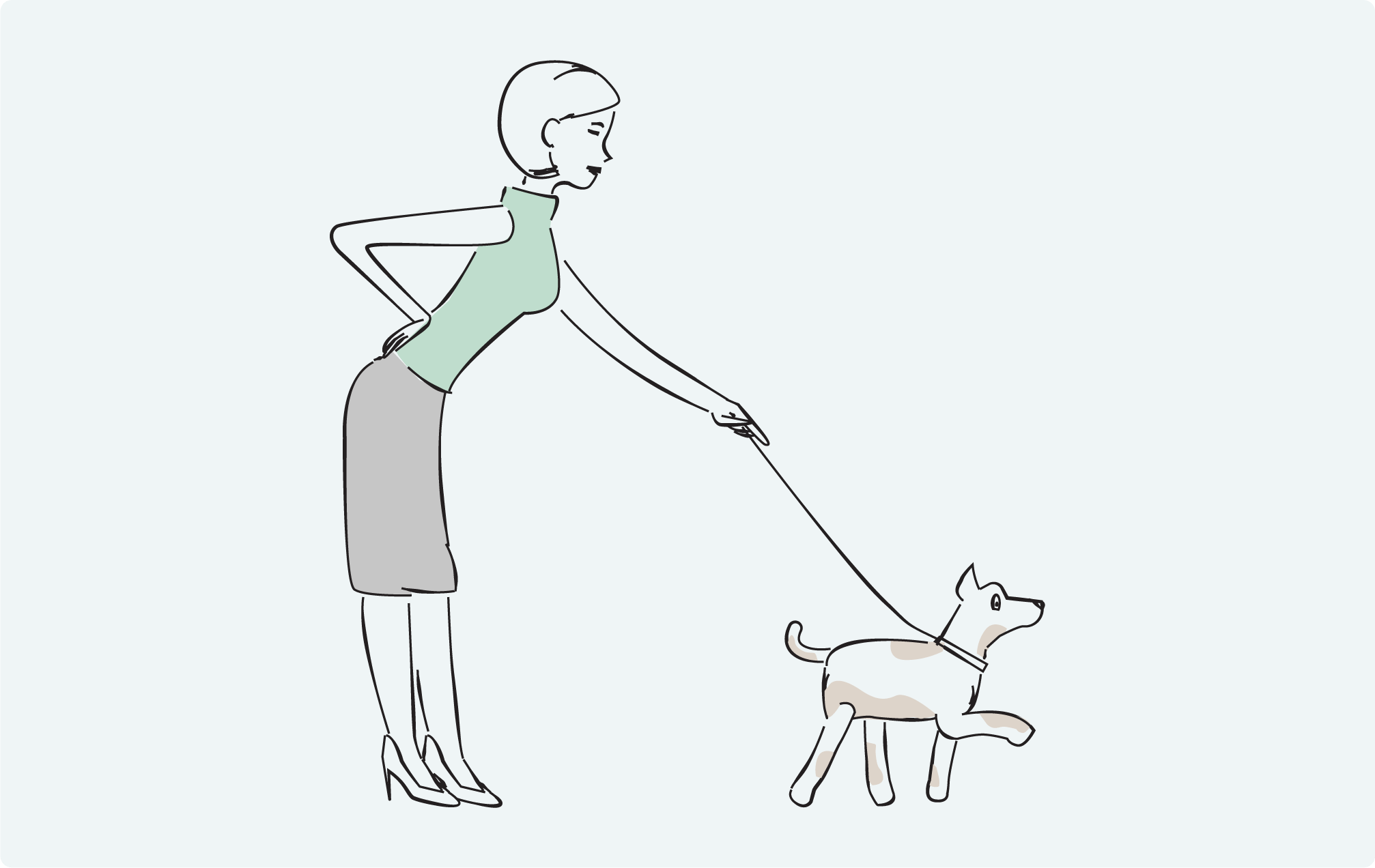How can a pinched nerve be treated?
Many people have received the diagnosis of a "pinched nerve" before they come to our office. Some of the more common locations include the neck, the low back, the wrist, or the elbow, but a pinched nerve can potentially occur in any part of the body. What is a pinched nerve, and how can chiropractic care help someone with this condition?
What is a pinched nerve?
A pinched nerve is a nerve that is compressed at some point along its path. In many cases, the affected nerve is a spinal nerve. When a spinal nerve is compressed, this is medically known as radiculopathy. Spinal nerves are incredibly important, because they connect the body to the spinal cord and brain. These nerves carry both sensory and motor information to and from the skin, muscles, and joints, allowing for the sense of touch and for voluntary movement. They also carry information to and from the organs of the body, controlling involuntary functions like blood flow and sweating, and allowing the brain to detect what is happening inside of the body.
Not all pinched nerves are spinal nerves. A nerve can also be compressed at a point farther away from the spinal cord, such as in the arm or leg. One common example is carpal tunnel syndrome, in which the median nerve (an important nerve to the hand) becomes compressed at the wrist. Another common example is compression of the ulnar nerve at the elbow, a condition sometimes known as "tennis elbow."
How does a nerve become pinched?
The most common cause of a pinched spinal nerve is a herniated disc. This occurs when the inner gel-like material of the disc is forced through the protective layers surrounding it, causing it to bulge outward and potentially press on a nerve. Herniated discs are generally the result of an injury, which may be sudden (often occurring while lifting a heavy object) or chronic (often resulting from poor postural habits). Tension or inflammation in other structures around the spine, including muscles and ligaments, may also contribute to compression of a spinal nerve.
Pinched nerves in the arms or legs may be caused by repetitive motion, damaged or dysfunctional joints, certain chronic postural habits (such as using a keyboard that doesn’t position your wrists properly, or habitually leaning on the elbows), or by inflammation in muscles, ligaments, or other structures that surround a nerve.
What are the symptoms of a pinched nerve?
When a nerve is compressed, the symptoms are generally felt primarily in the area of the body served by the nerve, rather than at the site of compression itself. Patients may feel tingling, burning, pain, or numbness in that area. Some patients also have weakness in certain muscles that the nerve serves.
For a pinched spinal nerve in the neck, the symptoms are generally felt in the arm and/or hand, while a pinched spinal nerve in the low back causes symptoms in the leg and/or foot. A pinched median nerve caused by carpal tunnel syndrome causes symptoms in certain parts of the hand (usually the ring, middle, and pointer fingers), while compression of the ulnar nerve at the elbow generally causes symptoms in the pinky finger and the side of the hand.
The sensory and motor symptoms are usually the ones that a patient notices the most. However, a pinched spinal nerve may also affect the functioning of organs, even though people don’t always notice these effects so directly. Since virtually all communication between the body and the brain passes through the spinal cord and spinal nerves, many different bodily functions could potentially be affected by a pinched nerve.
How can chiropractic help?
To relieve the symptoms of a pinched nerve and prevent further nerve damage, it’s important to relieve the compression on the nerve. Fortunately, chiropractic can be helpful in relieving many of the causes of pinched nerves. Using spinal manipulation (via the diversified technique or activator method, or a combination of both), Dr. Barnes can often restore function to a dysfunctional joint (or joints) in the spine. This may also relieve tension in surrounding tissues such as muscles and ligaments, which can also help to reduce the pressure on a pinched nerve.
While most people think of chiropractic as a treatment method only for the spine, the truth is that chiropractic adjustment can also be used on other joints. Any part of the body can potentially be adjusted by a chiropractor. Dr. Barnes has successfully adjusted a variety of joints in the arms and legs, helping patients with nerve compression to heal and recover. The techniques for manipulating joints in the limbs are similar to those for manipulating joints in the spine. Through your medical history, examination, and imaging studies, Dr. Barnes can determine where a nerve is compressed, so that she can determine which joint(s) has dysfunction and address it.
Adjunct treatments can also be useful. For example, muscle stimulation can be useful in cases where a muscle spasm is putting pressure on a nerve. Therapeutic ultrasound can help with the inflammation that may result from a herniated disc or another injury, to relieve pressure on the nerve.
How can you keep your lower back safe while lifting heavy objects?
The lower back is a very common site of injury. Lifting a heavy object – whether it’s a box, a piece of furniture, or a set of weights at the gym – can put the lower back at significant risk if done improperly. A little bit of knowledge about how to position the body safely while lifting can help to prevent the pain and dysfunction of an injured lower back. How can you stay safe while lifting?
How can lifting damage the lower back?
The main risk of improper lifting is that it can cause a herniation of a disc in the lumbar spine (the lower back). Lifting a heavy (or even a not-so-heavy) object with a rounded lower back puts a tremendous amount of force on these discs. In fact, bending at the waist to lift an object that weighs just 30 pounds can put more than 2000 pounds of compressive force on the lumbar discs!
With this amount of force, it’s very easy for a disc to become herniated. This means that the disc bulges outward. A herniated disc may cause pain and inflammation in the lower back, but it may also cause symptoms like tingling, pain, or numbness in the leg or foot, which result from nerve compression in the lower back.
How can you prevent herniated discs from lifting?
The most important piece of advice for low back safety is to maintain a neutral spine when lifting. Your low back naturally has a slight forward curve, and you should do your best to keep it that way during lifting.
Holding the object close to your body, and lifting with your legs, will put far less stress on your lumbar spine than bending at the waist to pick up the object. In part, this is due to leverage. An object held farther away from your body will put more force on your spine than the same object held close to you. Additionally, allowing the lower back to curve forward (which generally happens when bending at the waist) shifts most of the force of the object into the front part of the lumbar discs. This puts the discs at significant risk of herniation. Keeping the lumbar spine neutral helps to protect the discs.
To keep your lower back safe, follow this procedure as you lift:
Stand with a wide stance, then squat down near the object
As you prepare to lift the object, stand with your feet shoulder width apart and toes pointed slightly outward. This will position you for stability so that you can safely handle the object, and will also position your legs to be as powerful as possible so that they can do most of the lifting.
When you’re ready to lift, squat down near the object. NEVER bend over at the waist to pick up something heavy. Bend at the knees instead.
Hold the object close to your body, and tighten your core
As you grasp the object, hold it as close to your body as possible. This helps to keep the object stable, and also reduces the amount of force that it will apply to your body. Tighten your core (your abdominal muscles) a bit. This helps to brace your back and spread the load across different parts of your spine.
Take a moment to ensure that your spine is in a neutral position, with your low back curving slightly toward the front of your body, rather than rounded backward. (You don’t want to excessively arch your lower back, just ensure that the natural forward curve is present.) It helps to look straight ahead, rather than down at the object, so that you don’t reflexively curl your back over it.
Lift with your legs, not your back
Make sure that you have a secure grip on the object, so that it won’t drop or wobble. Next, straighten your legs to lift the object. You’ll notice that it’s mainly your leg muscles that do the work of lifting. The quadriceps (on the front of the thigh) and gluteus muscles (in the buttocks) generally provide most of the power, with your hamstrings (on the back of the thigh) and other leg muscles also contributing.
Your leg muscles are very powerful, and can lift more weight than your back muscles can. When you lift with your legs, you not only protect your low back, but you also give yourself the ability to lift heavier objects. The muscles of your arms and core will also be activated to some degree during lifting, for stability of your body and the object. However, it’s your leg muscles that will actually do most of the work.
Take care of your low back!
At her chiropractic office in Chester, NJ, Dr. Barnes has unfortunately seen many patients with herniated discs of the lumbar spine. Often, these patients were lifting an object when they became injured. In some cases, the object wasn’t even very heavy, but they were lifting it in an unsafe way.
Although chiropractic care can certainly help patients who have experienced a herniated disc, it’s much better to prevent problems than to treat them. Dr. Barnes considers it part of her mission to spread knowledge of how to lift safely, to help you protect your low back. We hope that these tips help you to stay pain-free for years to come.
What is a herniated disc?
Herniated discs are a common problem, and can cause a variety of unpleasant symptoms. Fortunately, most patients can be treated without surgery. What is a herniated disc? How can a chiropractor help someone who has this problem?
What are the discs of the spine?
The spine is made up of many small bones (called vertebrae). Between each pair of vertebrae, there is a disc. The center of the disc contains a jelly-like substance, which has many layers of collagen fibers wrapped around it. The inner part of the disc acts like a cushion, while the outer layers help to maintain its structural integrity.
The disc is stuck down to the bones on either side, so the spine can move at these points only to the extent that it can be compressed, stretched, or twisted. This prevents the disc from slipping out of place and pressing on the spinal cord or other structures. (There are also movements between the vertebrae at other smaller joints, which gives the spine its mobility.)
Because of its structure, the spine is flexible enough to perform a variety of movements, while still being strong enough to protect the delicate spinal cord (which carries nearly all of the communication between the brain and the body). The discs help the spine to absorb shock during movements like walking, running, and jumping, so that it won’t be damaged. However, the structure of the discs does leave them vulnerable to a problem called herniation.
What is a bulging or herniated disc?
When a disc is herniated, the gelatinous material in the center of the disc is pressing outward, either expanding the outer layer of the disc or breaking through it. A herniated disc can cause pain and dysfunction in the spine itself, and can also cause more serious problems if the disc presses on other structures (such as nerves). Herniated discs are most common in the lower back, but may also occur in the neck and, less commonly, in the mid-back.
There are two main types of herniated disc: a contained herniation, often referred to as a “bulging disc,” and a non-contained herniation, which is commonly referred to as a “ruptured disc” or a “herniated disc.”
Bulging disc (contained herniation)
With a contained herniation, the inner gelatinous substance has pressed outward on the outer layers of the disc and has caused the disc to expand, but hasn’t broken all the way through. There may be just one part of the disc that is bulging, or the entire disc may have been squished flatter and be bulging all the way around. (Imagine pressing down on a jelly donut, but not very hard. Part of the donut may bulge outward, or the whole donut may become a little larger around as well as less tall.)
A bulging disc may occur as a result of the aging process, which causes a slow breakdown of the collagen in the disc. With less of the strong and supportive collagen, the pressure on the disc caused by gravity and bodily movement can be enough to stretch the collagen and cause a bulge. Wear and tear on the discs may be increased by certain chronic postural habits, repetitive movements, or by lifting heavy objects without proper form and conditioning.
A bulging disc may cause symptoms in itself. It can also be a precursor to a non-contained herniation.
Ruptured or herniated disc (non-contained herniation)
With a non-contained herniation, the gelatinous material inside has broken through the “shell” of the disc. (Imagine squishing the jelly donut a little harder, until the jelly starts to leak out. The jelly will tend to break through the donut at its weakest point.) At this point, this material may begin to press on surrounding structures.
A herniated disc may occur at a defined moment in time (for example, when lifting a heavy box). However, it’s often the case that years of chronic damage to the disc precede the herniation itself, by weakening the disc and making it easier for the inner material to break through. As with contained herniations, aging and certain postural or movement habits contribute to chronic disc damage and increase the likelihood of a non-contained herniation. A bulging disc indicates the breakdown of collagen in the disc, and it indicates that a non-contained herniation is more likely to occur at some point.
What are the symptoms of a herniated disc?
A herniated or bulging disc often leads to inflammation around the area. This may cause a dull or throbbing pain, along with stiffness, in the area of the spine where the herniated disc is located. However, herniated discs don’t always cause these symptoms; the area around the herniated disc may be completely pain-free.
Other symptoms of a herniated disc result from the disc pressing on a spinal nerve. These are the nerves that allow the brain and spinal cord to communicate with the body; they exit the spinal cord very close to where the discs are located, so that a herniated disc can easily press on one of these nerves. A herniation in the lower back leads to nerve symptoms in the leg, while a herniation in the neck causes such symptoms in the arm. Some of the symptoms may include:
- Numbness
- Tingling (a “pins and needles” feeling)
- Pain, often described as a “burning” sensation
- Muscle weakness
It’s also possible for a bulging or herniated disc to cause no symptoms at all. Sometimes, a herniated disc may be found on an MRI, but is not the actual cause of the patient’s symptoms. It’s important to have a careful and thorough evaluation, rather than simply assuming that a damaged disc is the only cause of a patient’s symptoms.
How can chiropractic help?
While the old advice to people with herniated discs was that they should immediately have surgery, this is no longer recommended. In fact, surgery tends to create more problems than it solves for many people. It’s strongly recommended by professionals in this field that patients with a herniated disc try non-surgical options first. Chiropractic can be an excellent drug-free method of treating the symptoms of a herniated disc.
A variety of studies have shown that patients with herniated discs can benefit from spinal manipulation by a chiropractor, with reduced pain and improved function for many people. Spinal manipulation will not directly repair a bulging or herniated disc. Rather, it can help to take pressure off of the disc, so that the body has the opportunity to repair itself.
Sometimes, patients may worry that the pressure on the disc during spinal manipulation will cause the disc to get even worse. Rest assured that this is not the case. The force applied during chiropractic adjustment is high frequency and low amplitude (meaning that it’s small but quick), and this force is not enough to cause any extra damage to the disc. Research has shown that chiropractic care doesn’t present any greater risk to a patient with a herniated disc than do other forms of care (such as taking medication).
Patients with bulging or herniated discs who are looking for an effective, drug-free treatment method should consider including chiropractic in their treatment plan. If you’d like to learn more about chiropractic in the Chester, NJ, area, please contact our office to schedule your appointment with Dr. Barnes.






